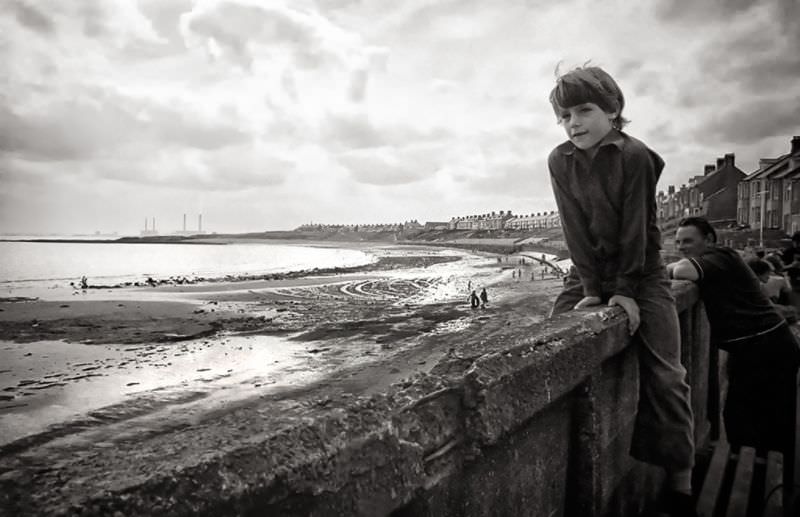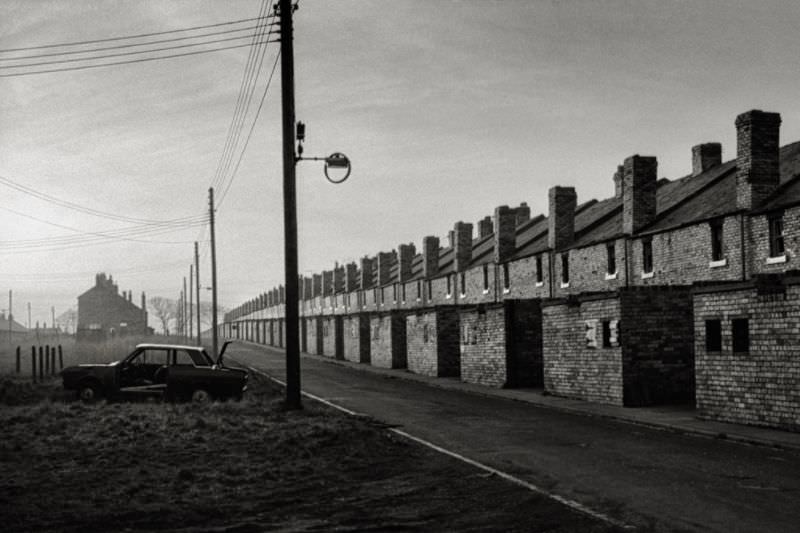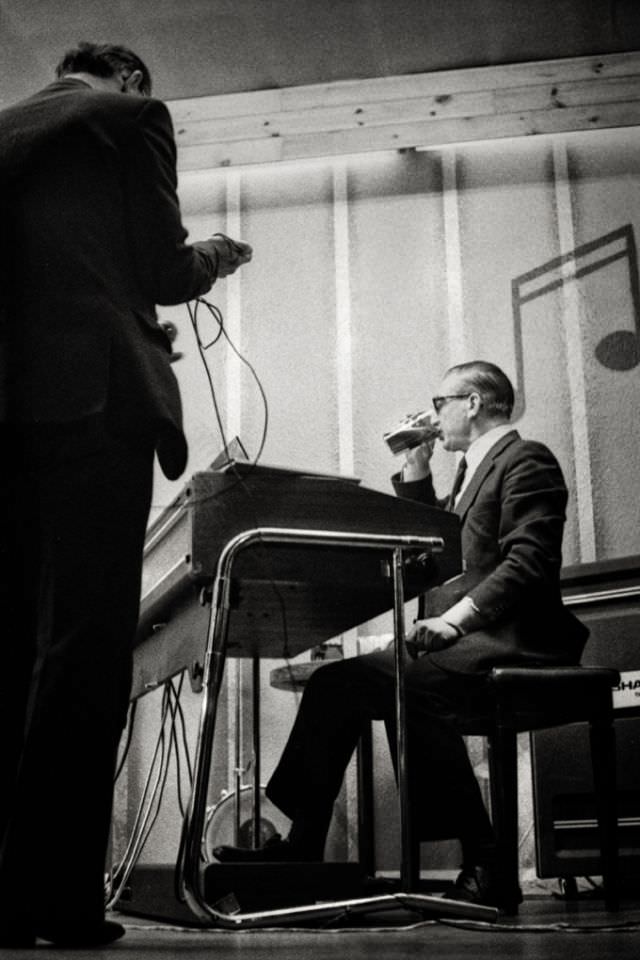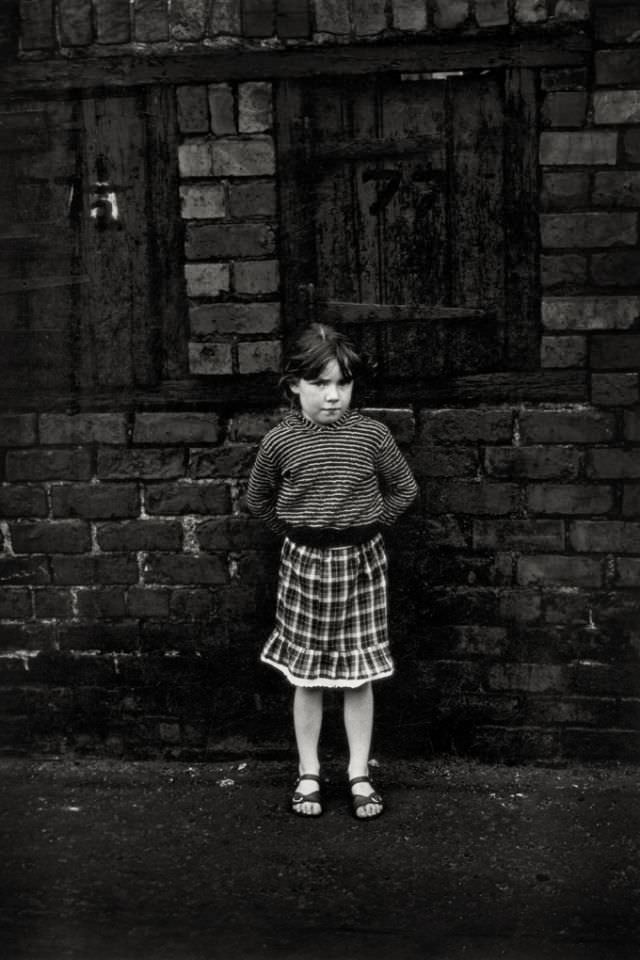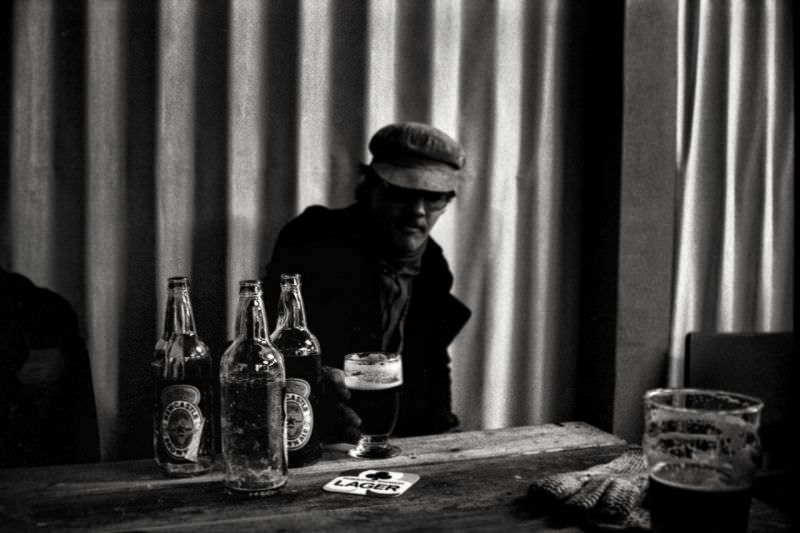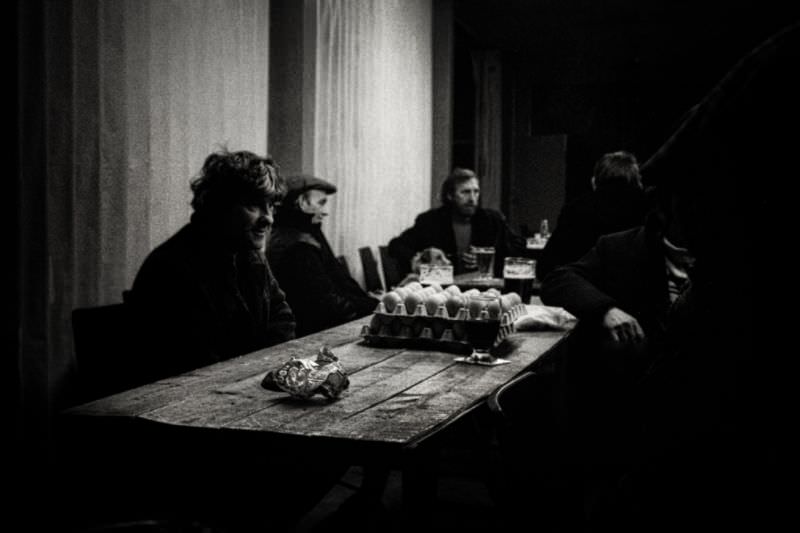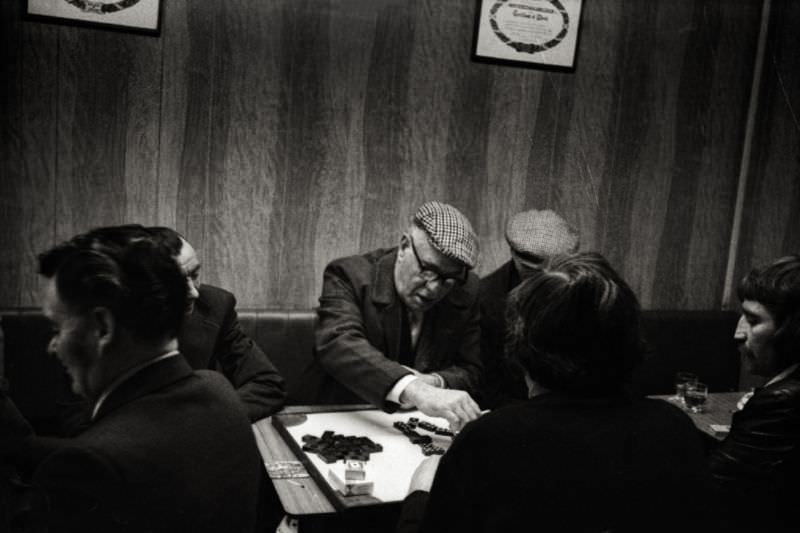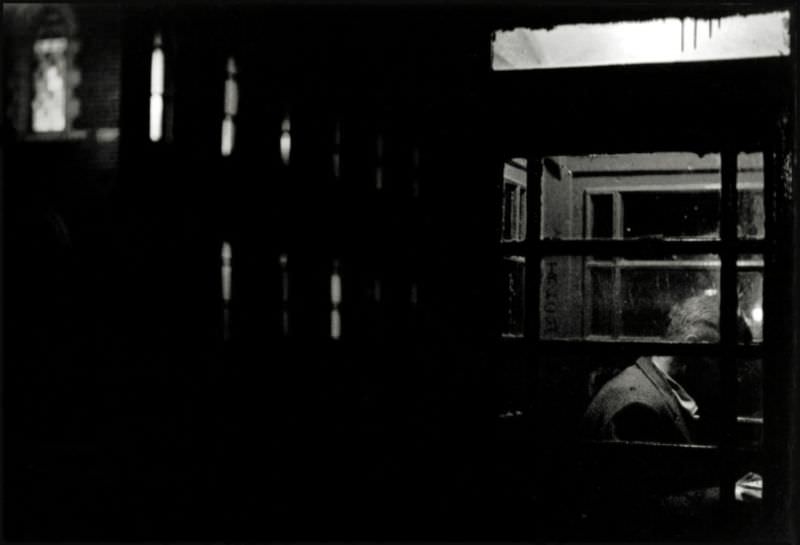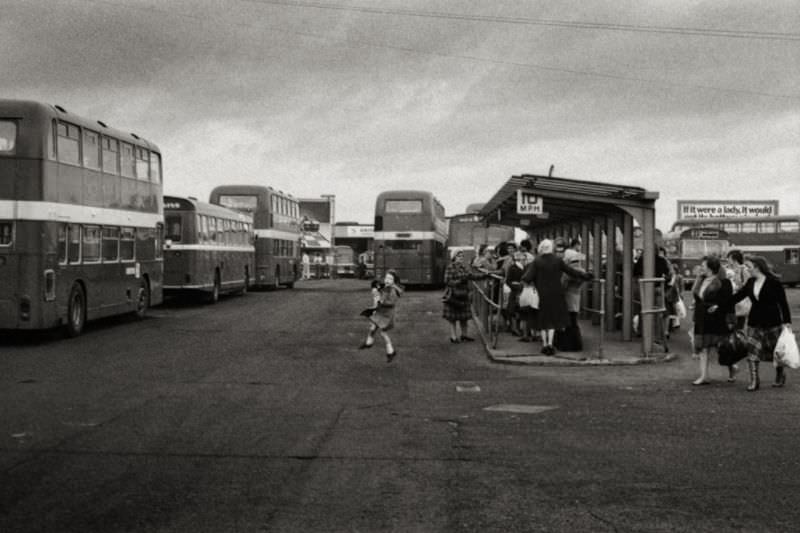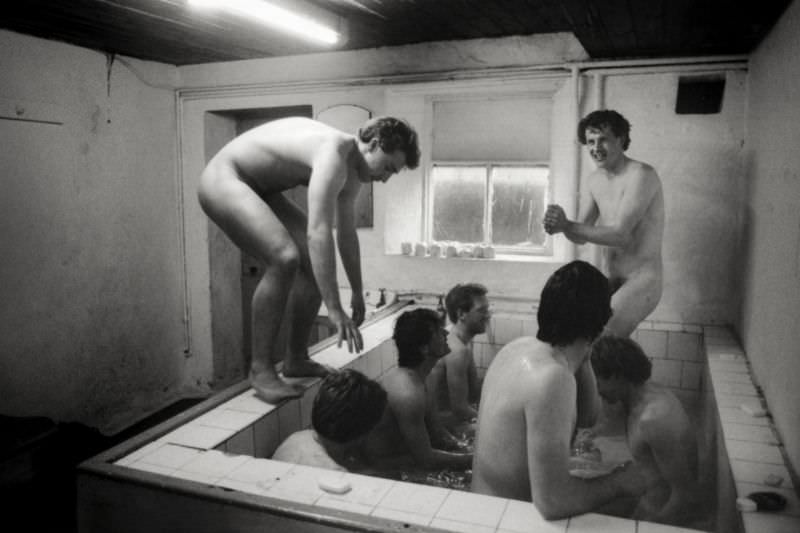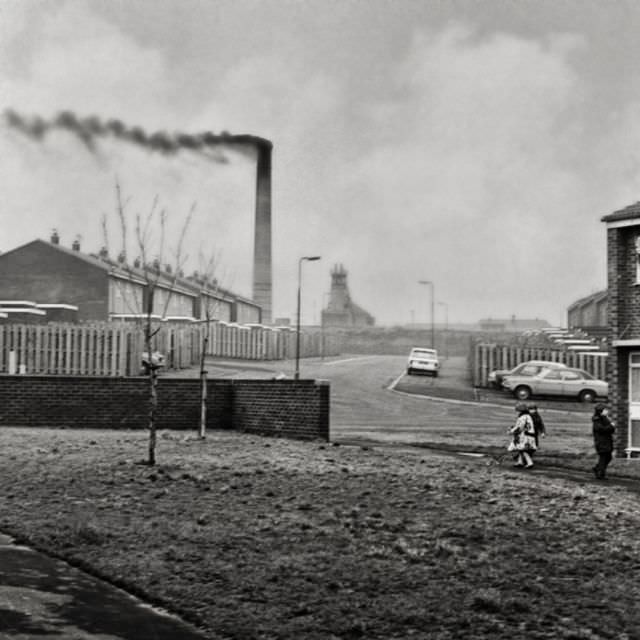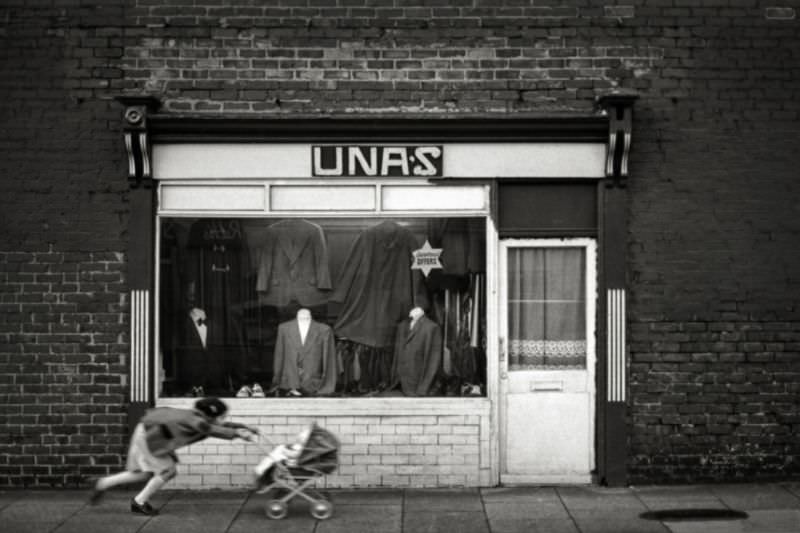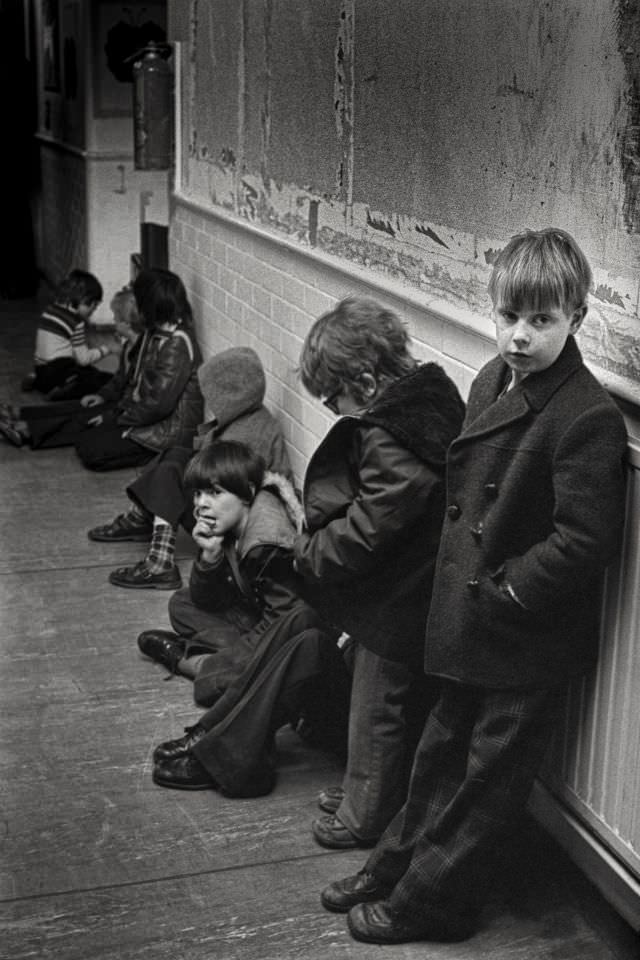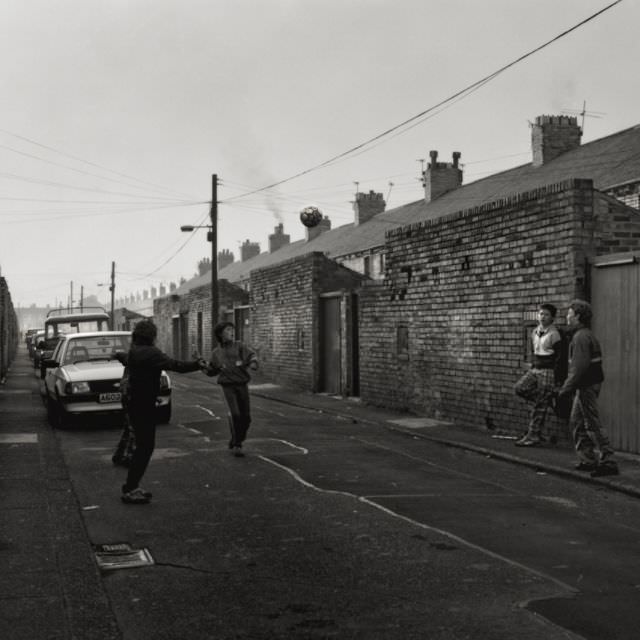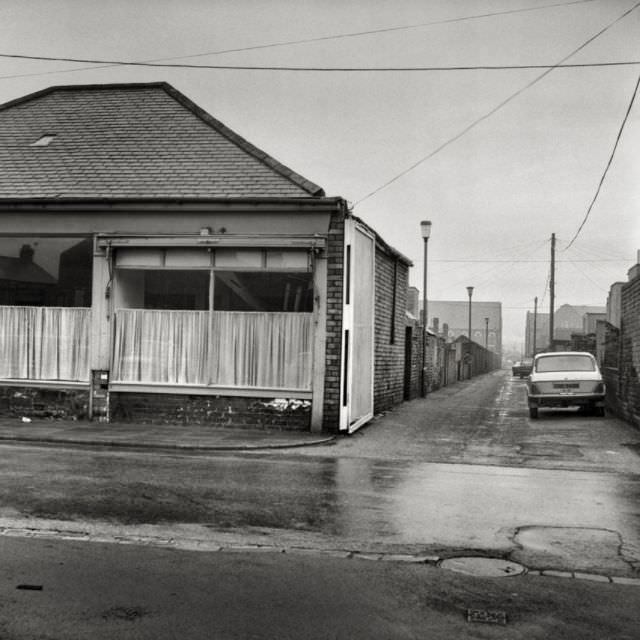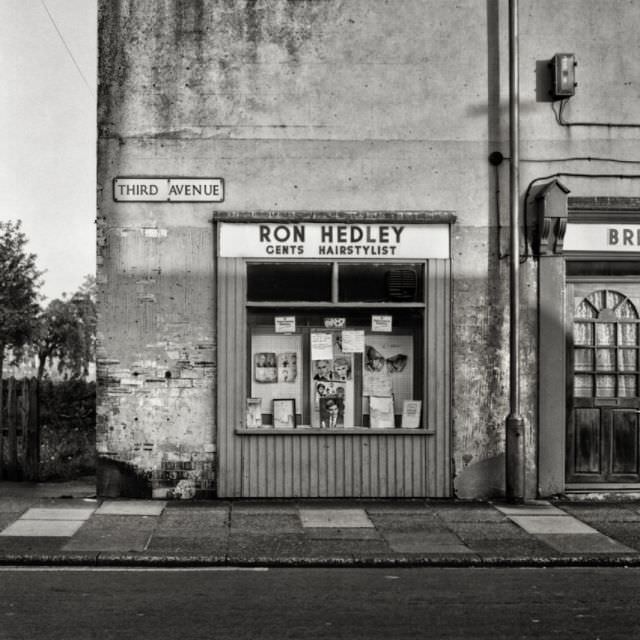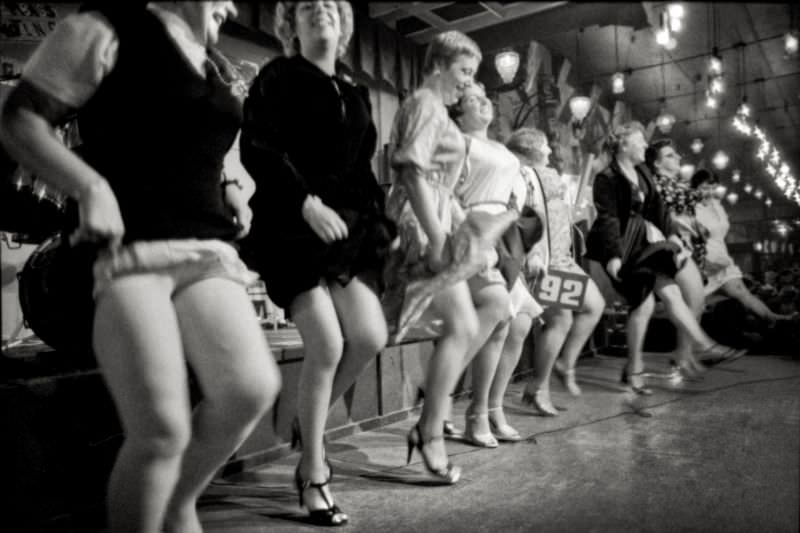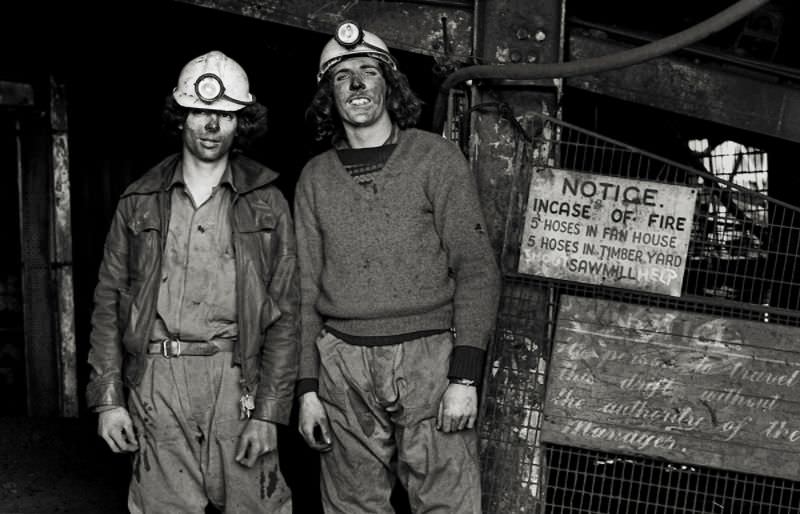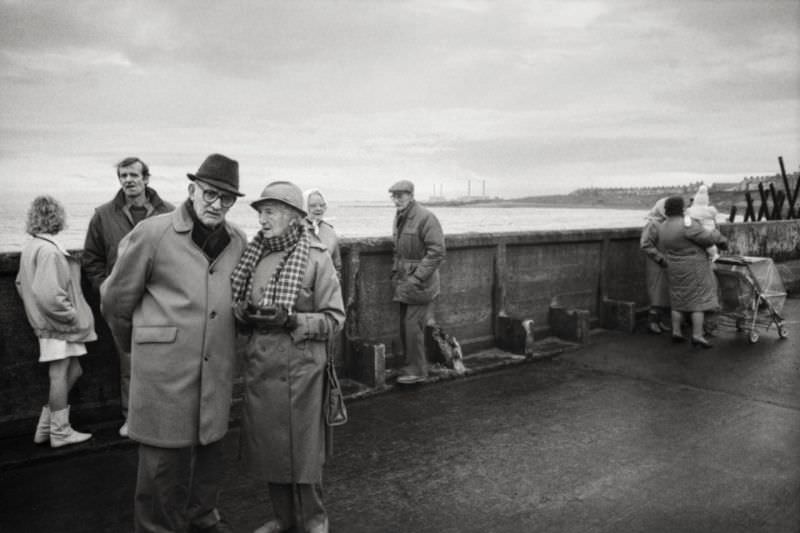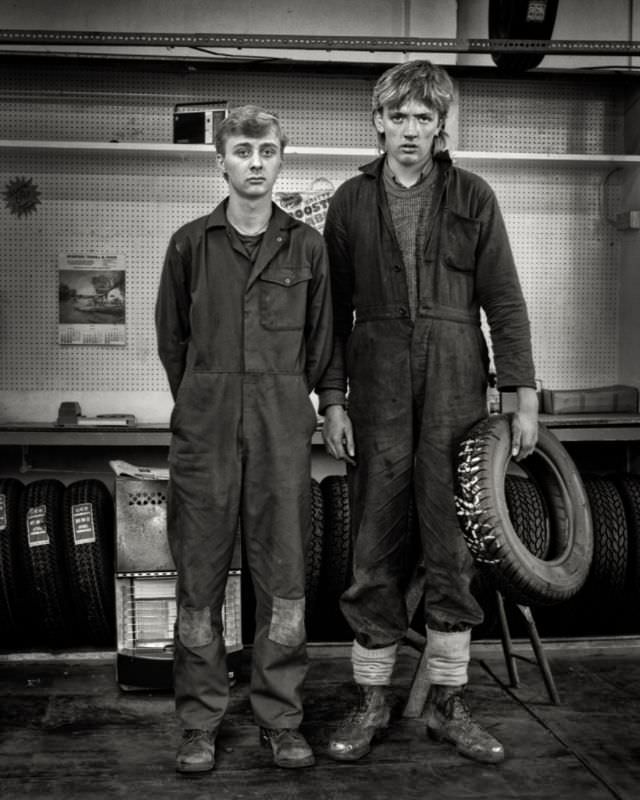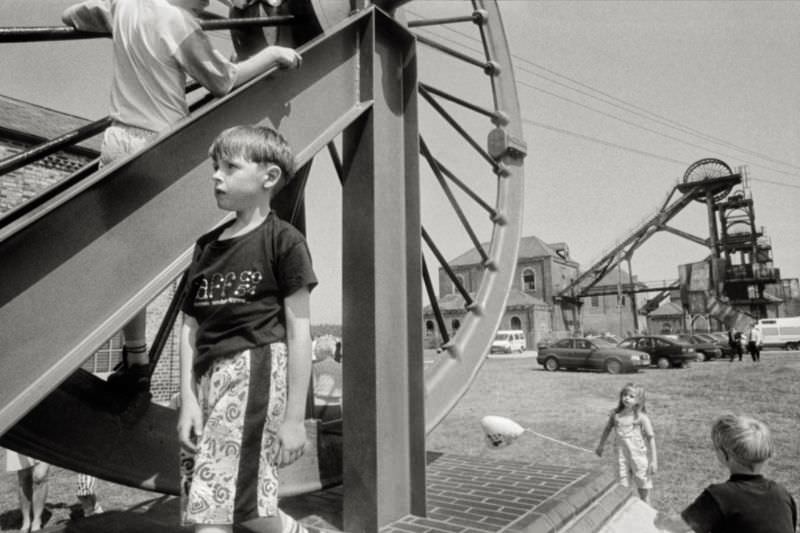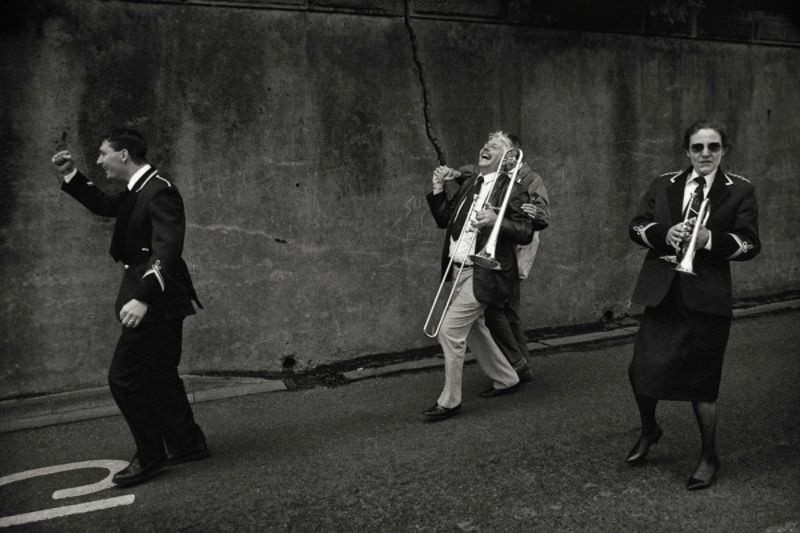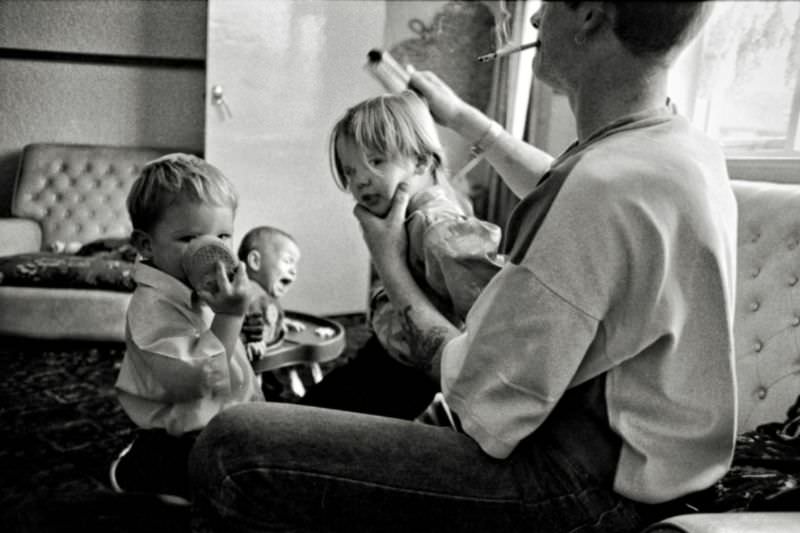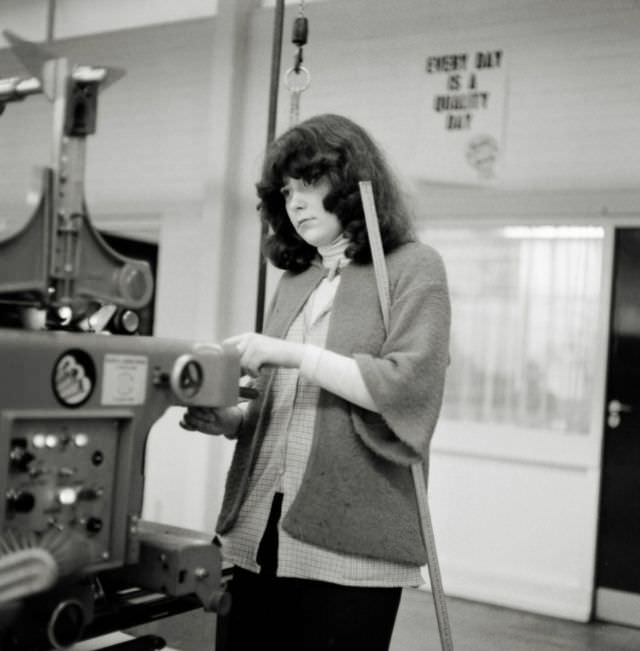The North East of England-based photographer Mik Critchlow specializes in social documentary photography. He realized the importance of art as a social document by observing the paintings of the Ashington Group (Pitmen Painters) in 1977. A group of Ashington men brought together in 1934 under the Workers Educational Association for Art Appreciation courses. He began a long-term photography project documenting his hometown of Ashington, Northumberland, during the same year. Having grown up in the mining community, he developed a deep sense of empathy for its people, documenting the area and its people during a period of rapid social and environmental change.
Ashington was once a center of the coal mining industry. The town grew out of a small hamlet in the 1840s when the Duke of Portland built housing to attract immigrants fleeing the Great Famine of Ireland to work in his coal mines. In the 20th century, monastic mine workings and bell-shaped pits discovered during tunnelling were the first signs of mining. During the 1980s and 1990s, coal mining in the area declined, as it did in many other parts of Britain. Ashington was once known as the “world’s largest coal-mining village” when coal mining was at its peak.
Check out Critchlow’s brilliant photographs of Ashington from the late 1970s to the early 1990s.


